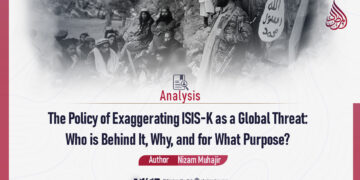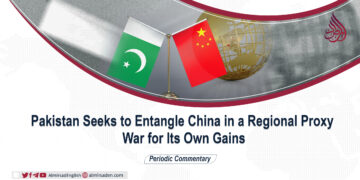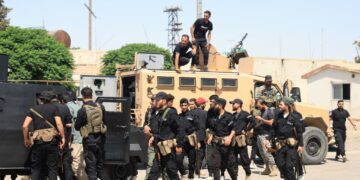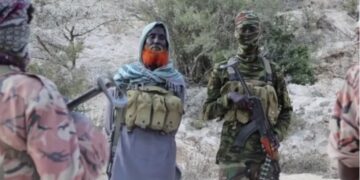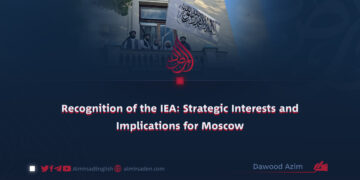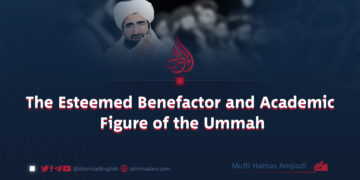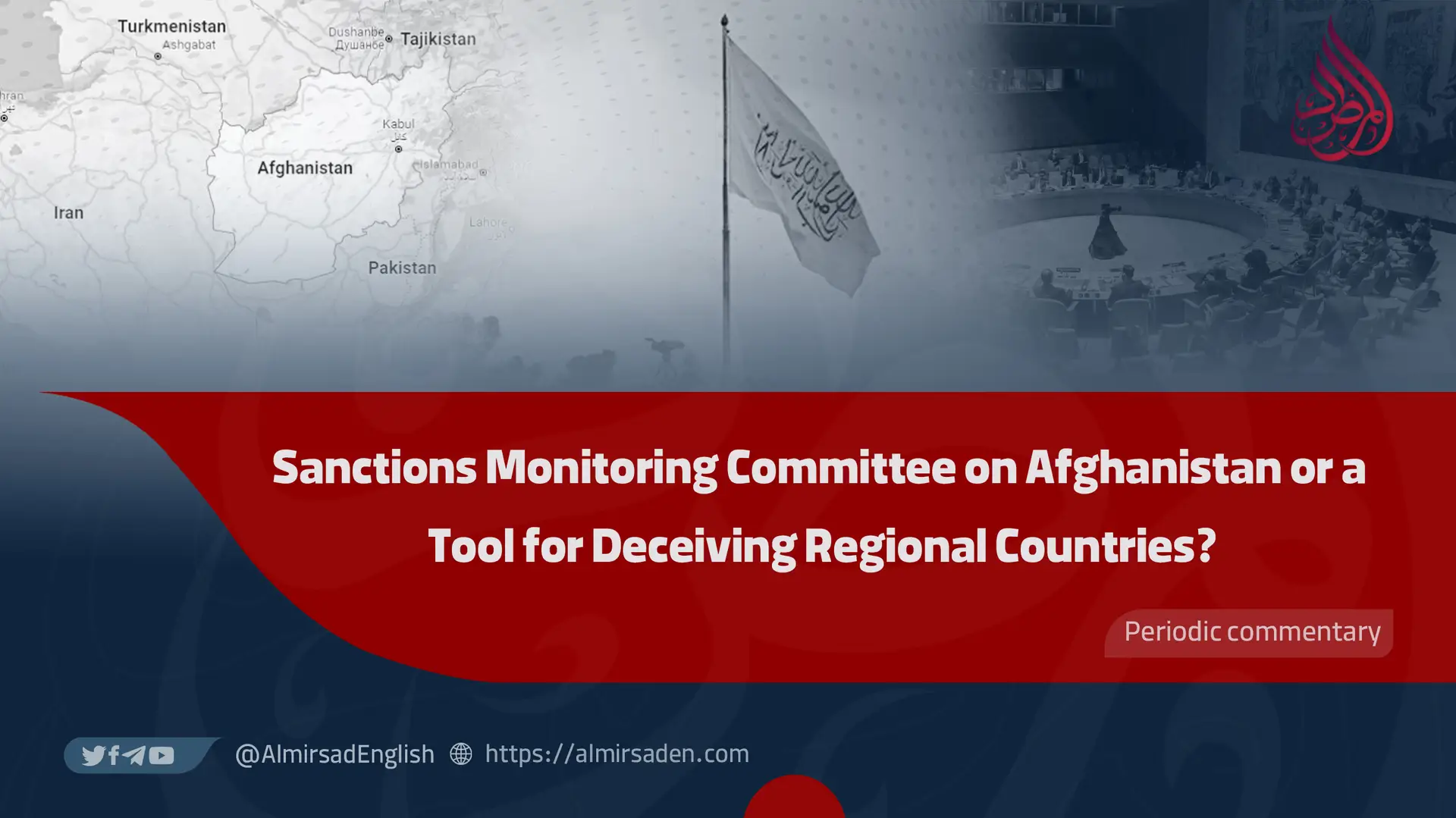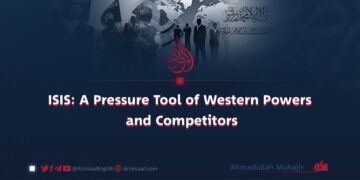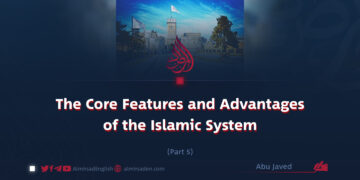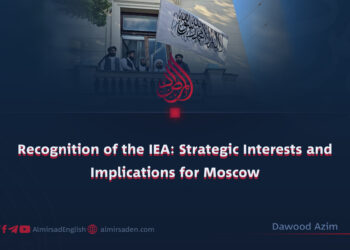Periodic commentary
The United Nations Sanctions Monitoring Committee consistently releases reports on the presence and expansion of Al-Qaeda and other groups in Afghanistan.
However, the methodology used by the committee to collect information remains questionable. Its members travel to various countries and compile their findings within an outdated reporting framework established in the early years of the sanctions.
Rather than adhering strictly to factual reporting, the committee appears to be influenced by certain countries that provide misleading and inaccurate information to serve their own political and psychological agendas against other nations and communities.
Pakistan and Tajikistan—both neighboring Afghanistan—consistently supply the committee with unverified claims regarding the presence of Al-Qaeda and other groups, as well as the existence of their facilities in Afghanistan. The committee then disseminates these reports without independent verification, thereby reinforcing misinformation.
It is possible that the committee has received approval for such actions from other influential entities. However, these entities lack credibility, which undermines the reliability of the reports.
The question remains: what are the motives behind this propaganda campaign?
According to Al-Mirsaad, citing its sources, a central aspect of the strategic cooperation agreement between Pakistan and Tajikistan involves establishing new ISIS project centers in northwestern Pakistan—specifically in Gilgit, Baltistan, and Chitral—to facilitate infiltration into northeastern Afghanistan.
These developments have raised significant concerns for China, Central Asian countries, and Russia. The involved parties are exploiting this strategy to their advantage in regional power dynamics and to the benefit of the West in international affairs.
Their broader strategy includes obstructing the establishment of the Wakhan economic corridor linking China and Afghanistan and impeding positive official interactions with the Islamic Emirate of Afghanistan (IEA).
Several coordinated efforts support this agenda, including maintaining ongoing contacts with fleeing officials from the former Afghan republic, constructing a new airport in Gilgit-Baltistan, conducting military drills under the guise of counter-terror operations, facilitating visits by Pakistani intelligence and military officials to the West, enhancing cooperation between the West and Tajikistan, finalizing a strategic partnership agreement between Pakistan and Tajikistan, and issuing alerts of impending attacks in Afghanistan.
Al-Mirsaad, citing reliable security sources, reports that a significant number of Tajiks, Azerbaijanis, Turks, and individuals from Central Asia and other nations are undergoing training in Pakistan’s Balochistan province. New militant cells have been established and are operational across various regional countries.
To counter this threat, China, Russia, and Central Asian countries must unite against this perilous scheme. Recognizing Balochistan as an ISIS-K headquarters, Gilgit-Baltistan as a staging ground for ISIS forces, and Tajikistan as a newly established hub for financial support and recruitment is crucial. Failure to recognize these realities could lead to severe repercussions orchestrated by those behind the ISIS project.
The Ground Reality in Afghanistan
Contrary to the claims made in the committee’s reports, Al-Qaeda does not operate in Afghanistan, nor does it maintain any bases there. There are no foreign nationals in the Afghan government, and Afghanistan has not conducted attacks on foreign soil for the past 23 years.



